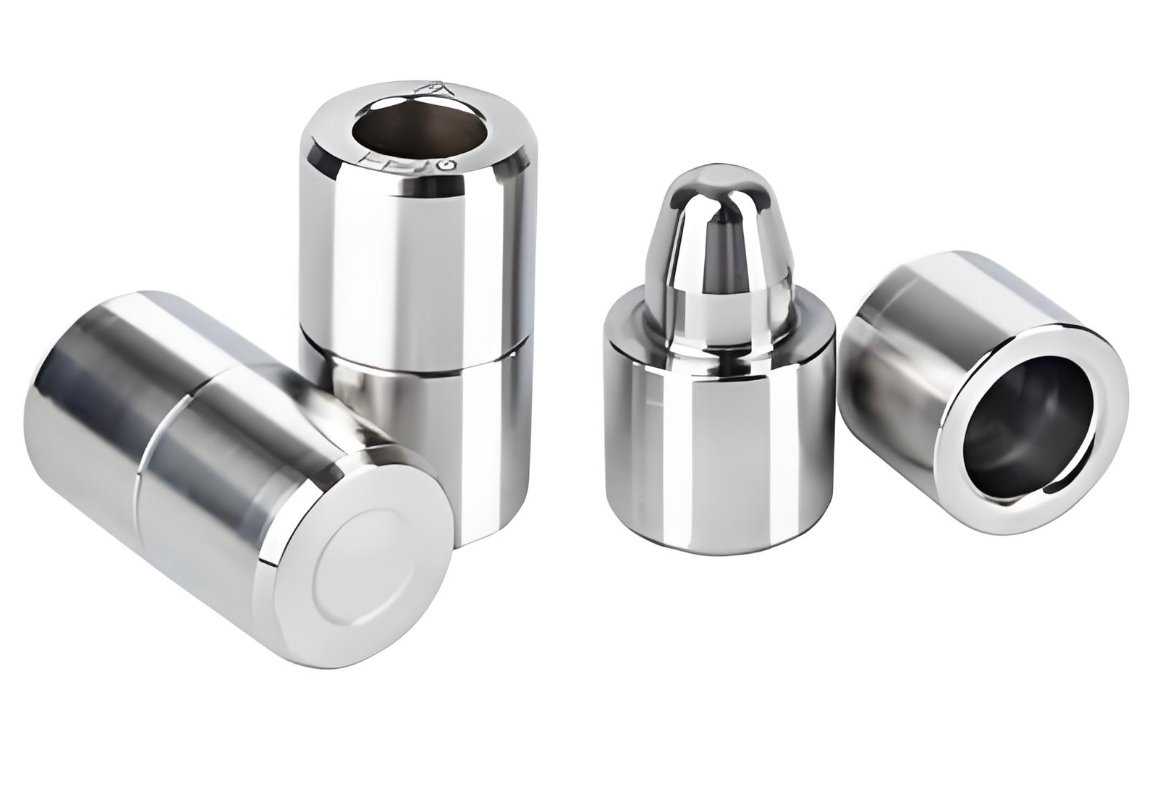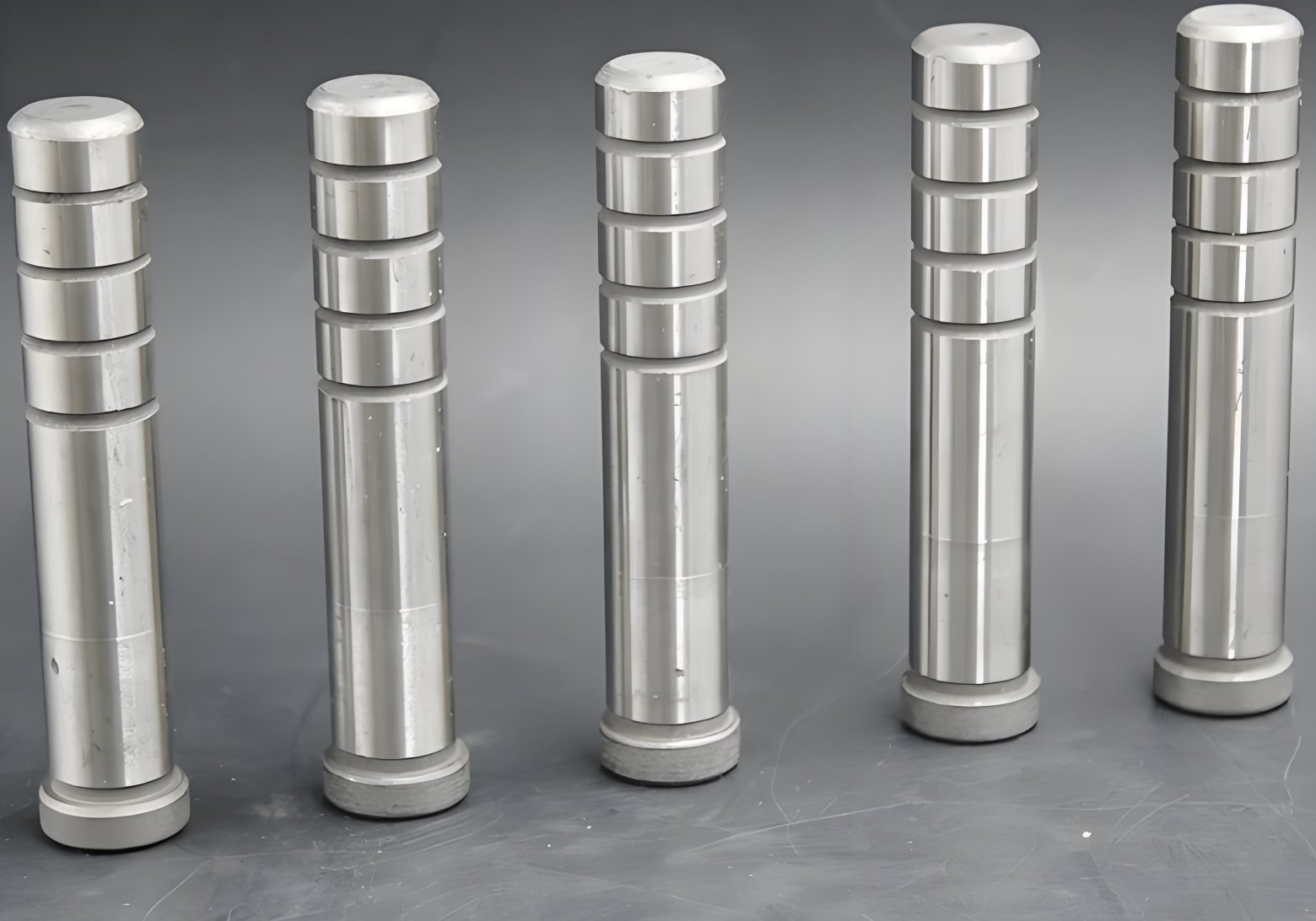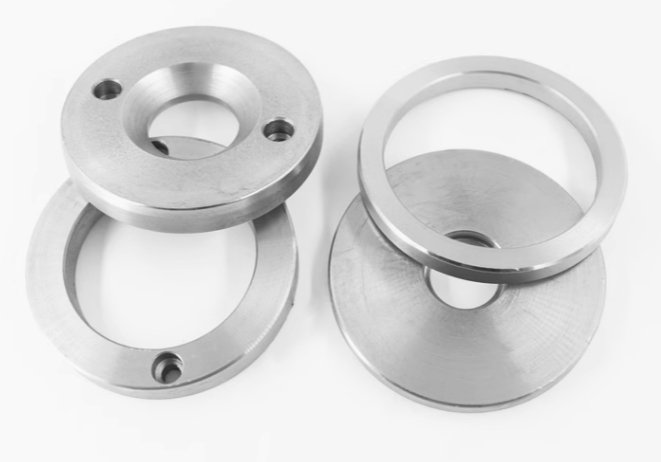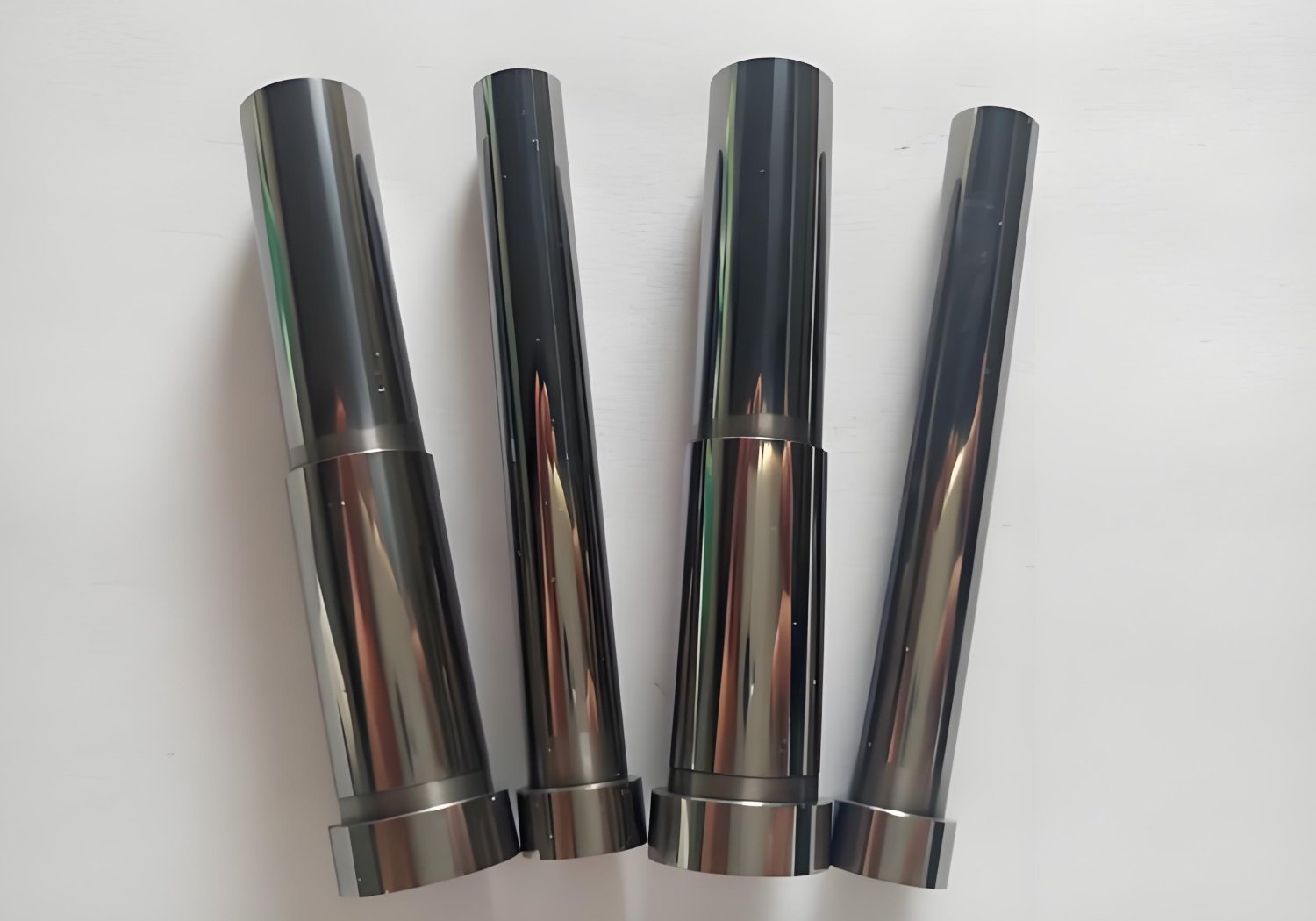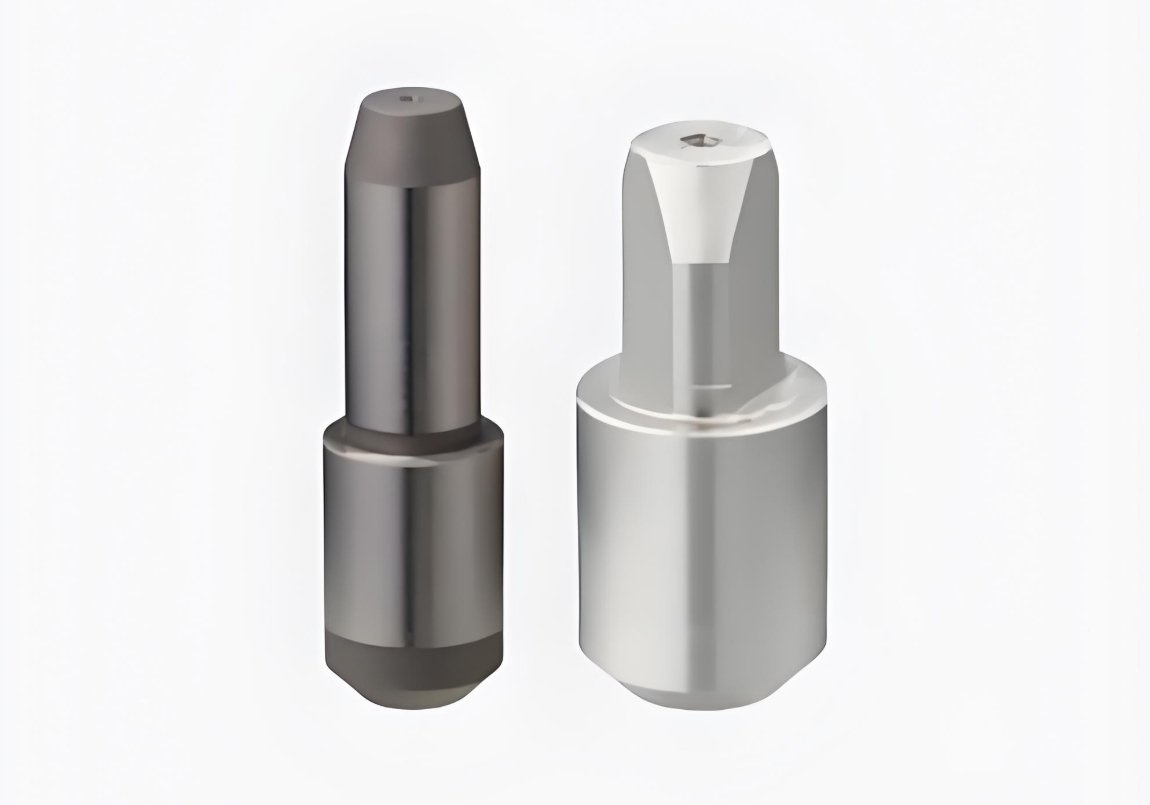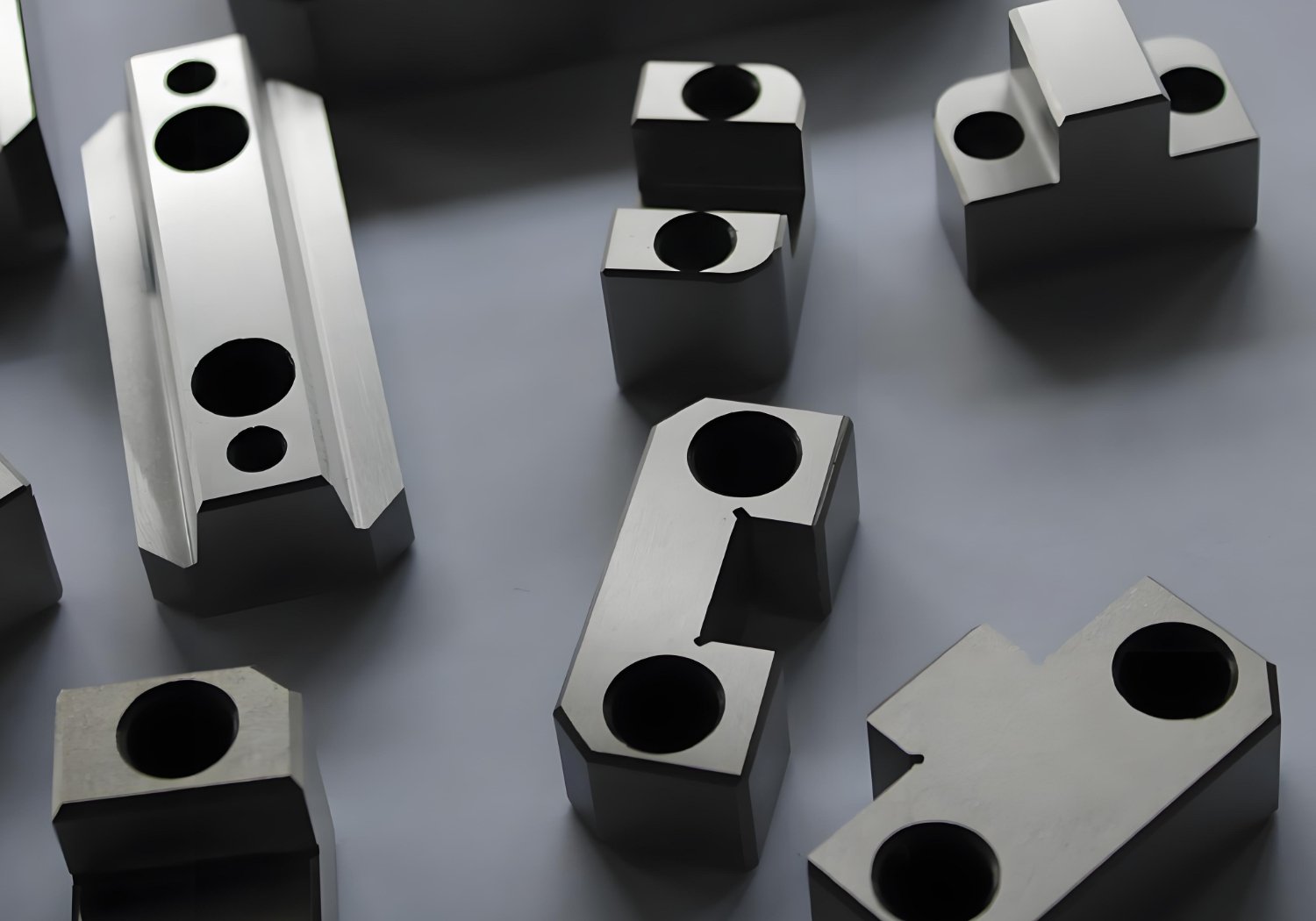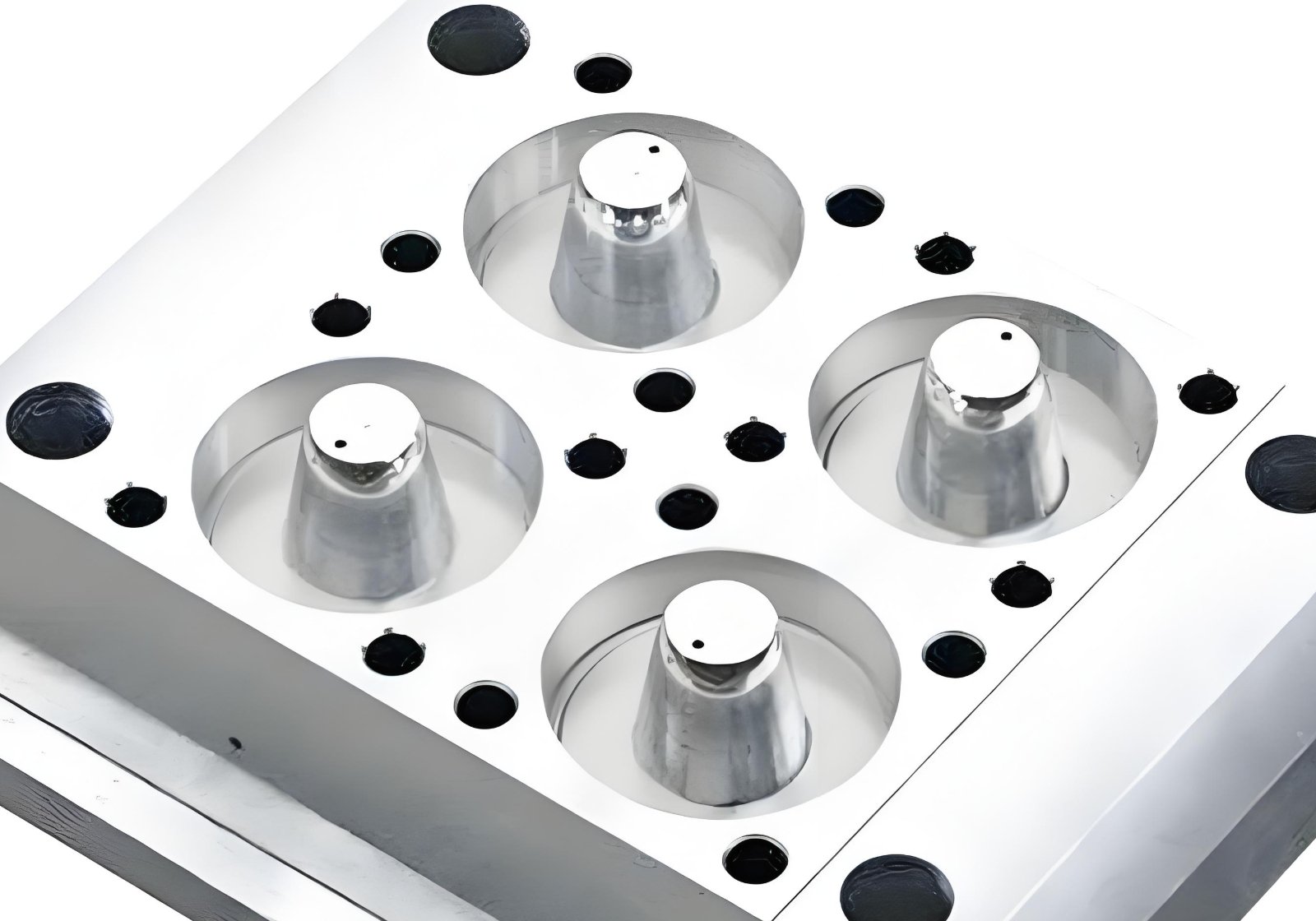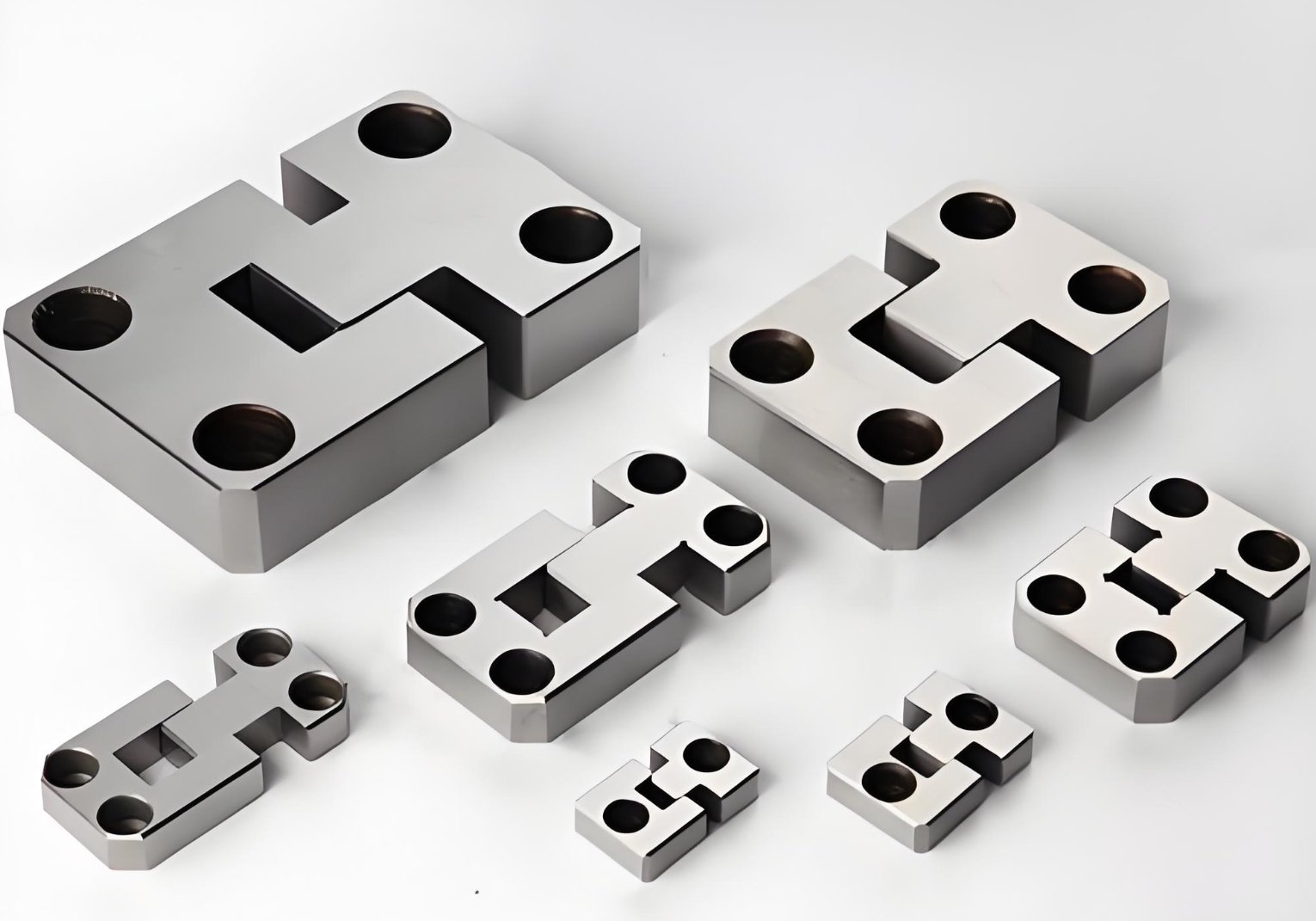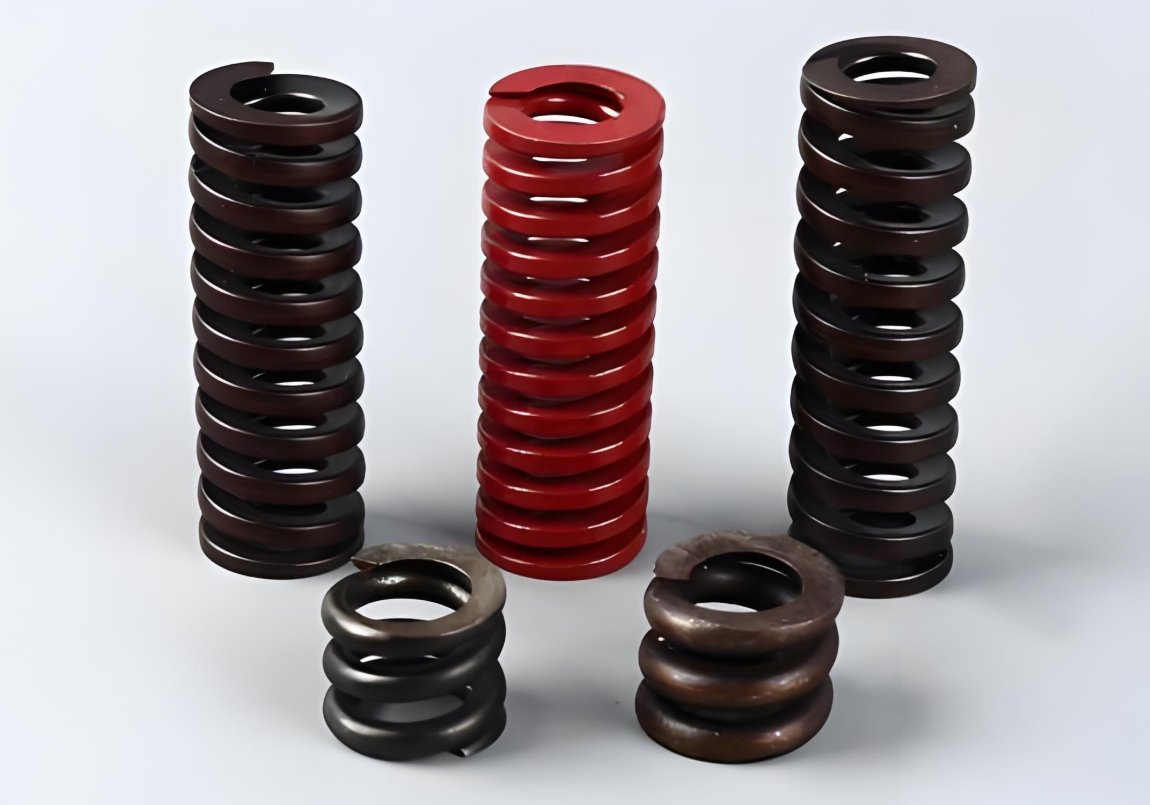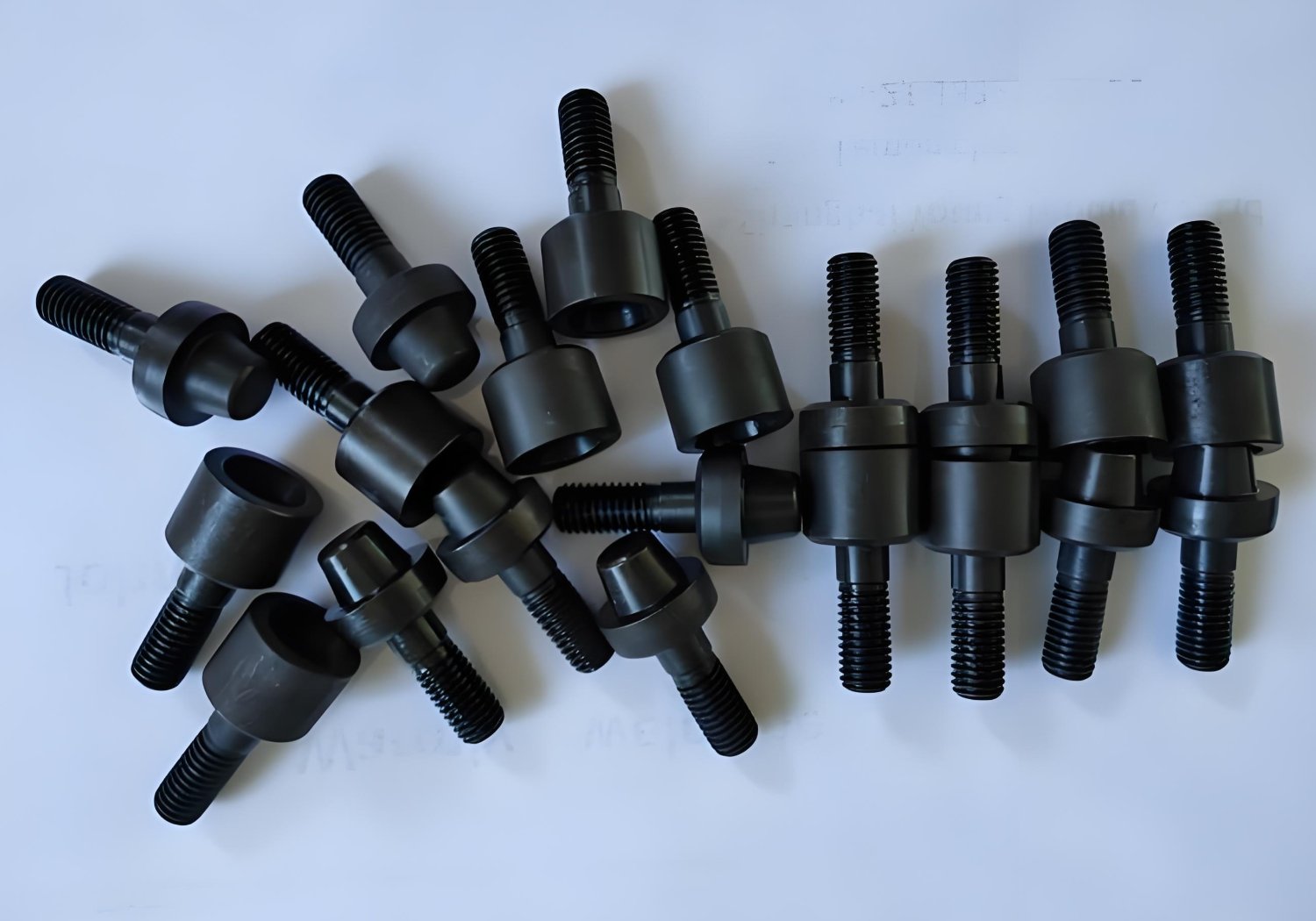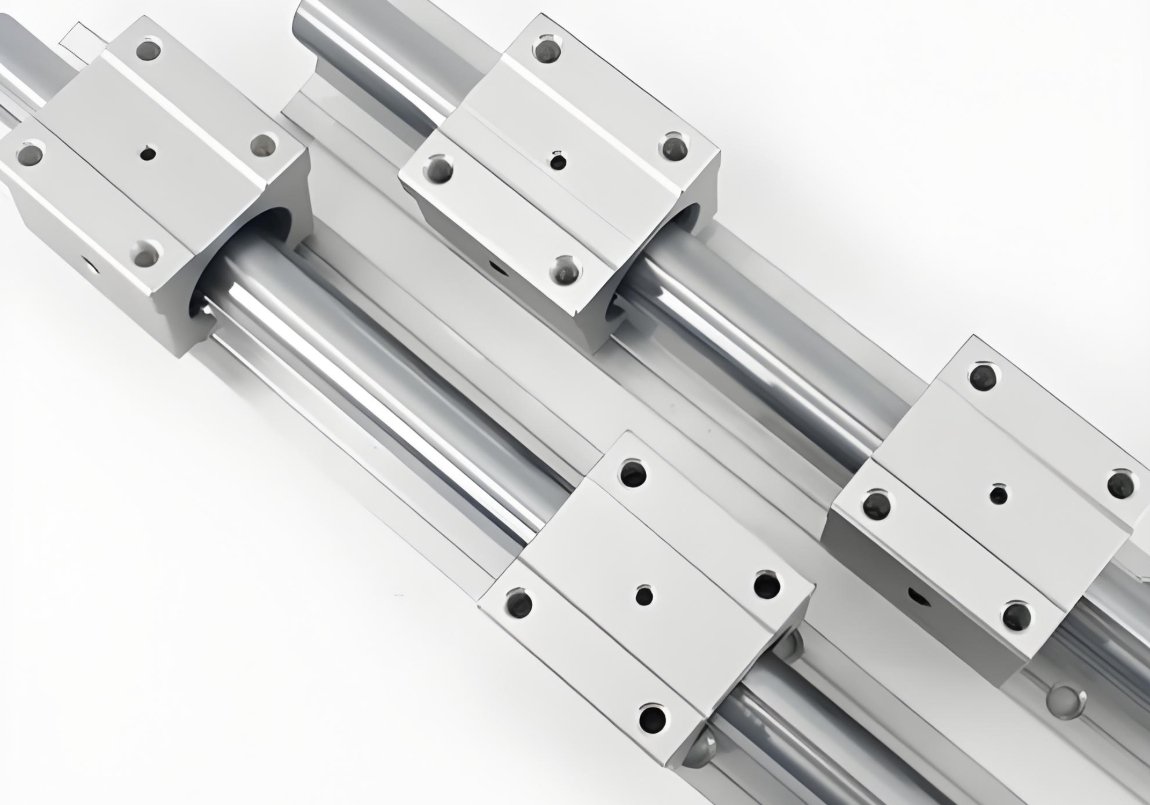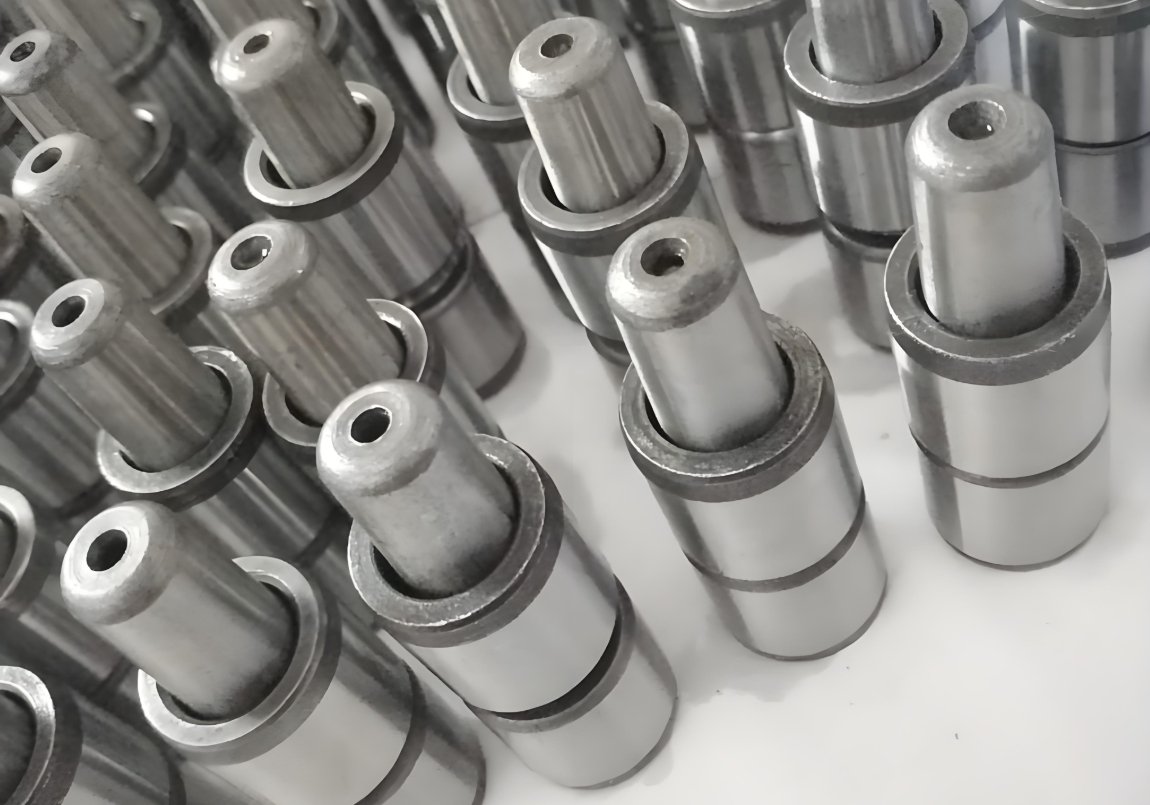Guide Bushings
- Low Friction: Ensures smooth movement and reduces wear on guide pins.
- High Precision: Guarantees exact alignment with tight tolerances for seamless mold operation.
- Durability: Withstands high pressures and repeated cycles without deformation.
- Versatility: Offered in various sizes and configurations to fit diverse mold designs.
Expert Craftsmanship
20+ Years of Expertise
Tailored Solutions
Custom designs
Rigorous Quality Control
ISO 9001-Certified Quality
Competitive Pricing
Cost-effective solutions
Global Support
Reliable delivery & technical assistance
ISO 9001:2015 Certified Processes
ISO 13485: 2016 Medical Device
IATF 16949: 2016 Automotive
AS9100 Certified Aerospace
No Minimum Order Quantities
In-Process Inspection with CMM
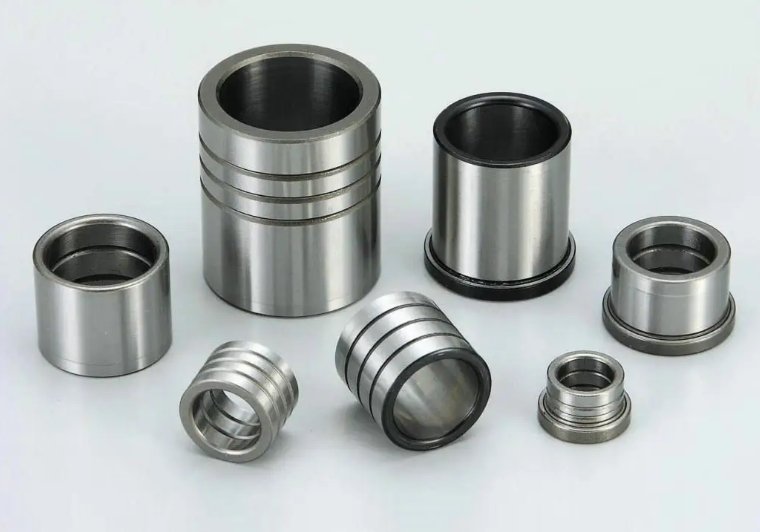
Guide Bushings: Precision Components for Injection Molding
Guide bushings are essential components in injection molding, working in tandem with guide pins to ensure precise alignment and smooth operation of mold halves. These precision-engineered bushings reduce friction, minimize wear, and maintain consistent production quality.
Our guide bushings are designed for durability and reliability, serving industries such as automotive, electronics, and medical manufacturing.
Key Functions
Processing Materials
Hardened Tool Steel
- Exceptional hardness and toughness (e.g., H13, D2).
Stainless Steel
- Corrosion-resistant for demanding environments (e.g., 420, 44
Bronze with Graphite Plugs
- Self-lubricating for reduced friction and maintenance.
Custom Alloys
- Available for specialized applications requiring unique properties.
Post-Processing & Surface Treatments
Our guide bushings undergo advanced treatments to enhance functionality and longevity.

Heat Treatment
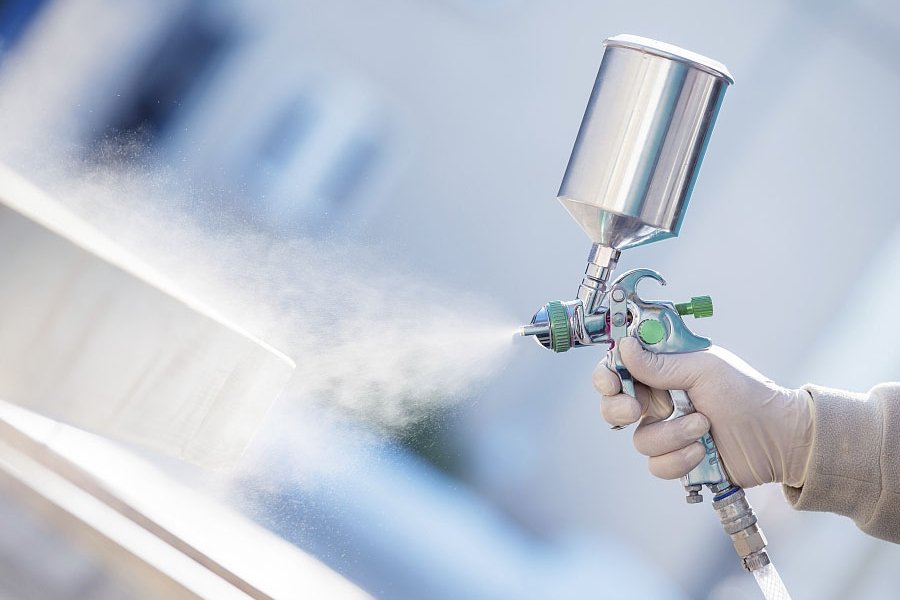
Optional Coating
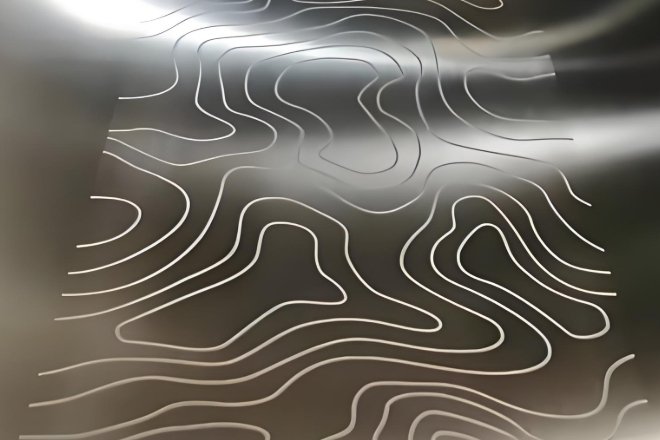
Nitriding
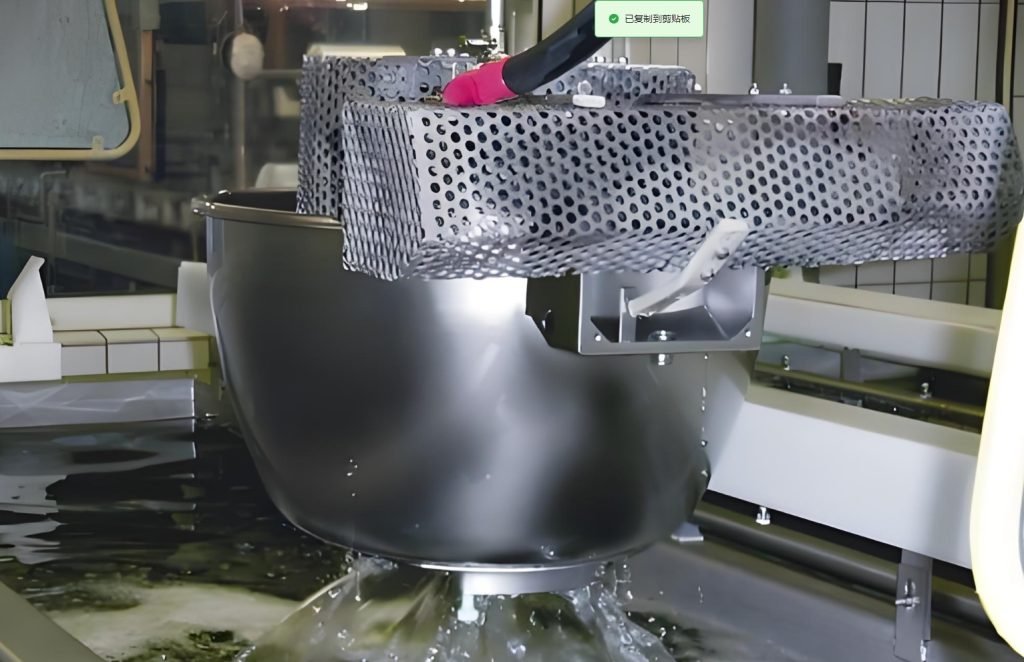
Precision Grinding
Technical Specs for Guide Bushings
Our processes ensure unmatched consistency and repeatability at fast lead times and affordable pricing.
| Parameter | Specification |
| Hardness | 58-62 HRC (steel); varies by material |
| Dimensional Tolerance | ±0.002 mm (tighter tolerances available) |
| Surface Finish | Precision ground to Ra ≤ 0.2 μm |
| Inner Diameter Range | 3 mm to 50 mm (custom sizes available) |
| Outer Diameter Range | 6 mm to 60 mm (custom sizes available) |
| Length | 10 mm to 100 mm (custom lengths available) |
| Lead Time | 2-4 weeks (standard); expedited options available |
Selection Suggestions
Pin Size
Ensure the inner diameter matches the pin for a precise fit.
Mold Load
Heavier molds may require bushings with higher load capacities.
Production Volume
High-volume runs benefit from self-lubricating or coated bushings.
Environmental Factors
Stainless steel or corrosion-resistant coatings suit harsh conditions.
Our team is available to provide personalized recommendations for your mold design.
Fecision Mold Component Tooling Network
In response to different service types and diverse business needs, we have deployed suppliers with different manufacturing capabilities.
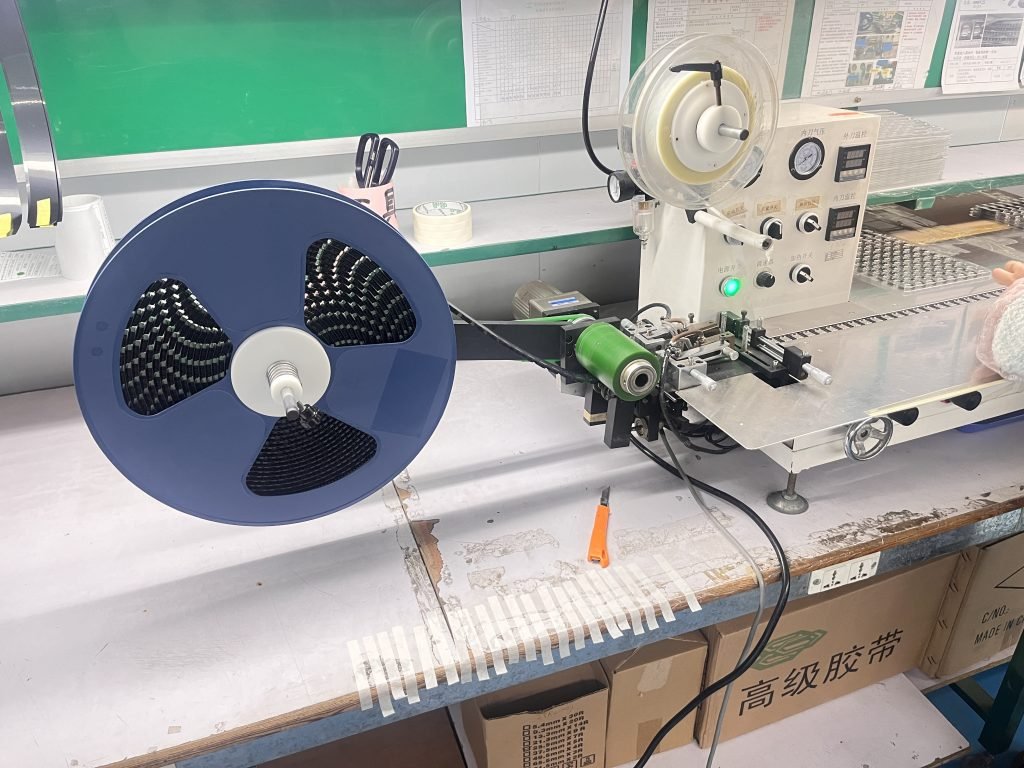
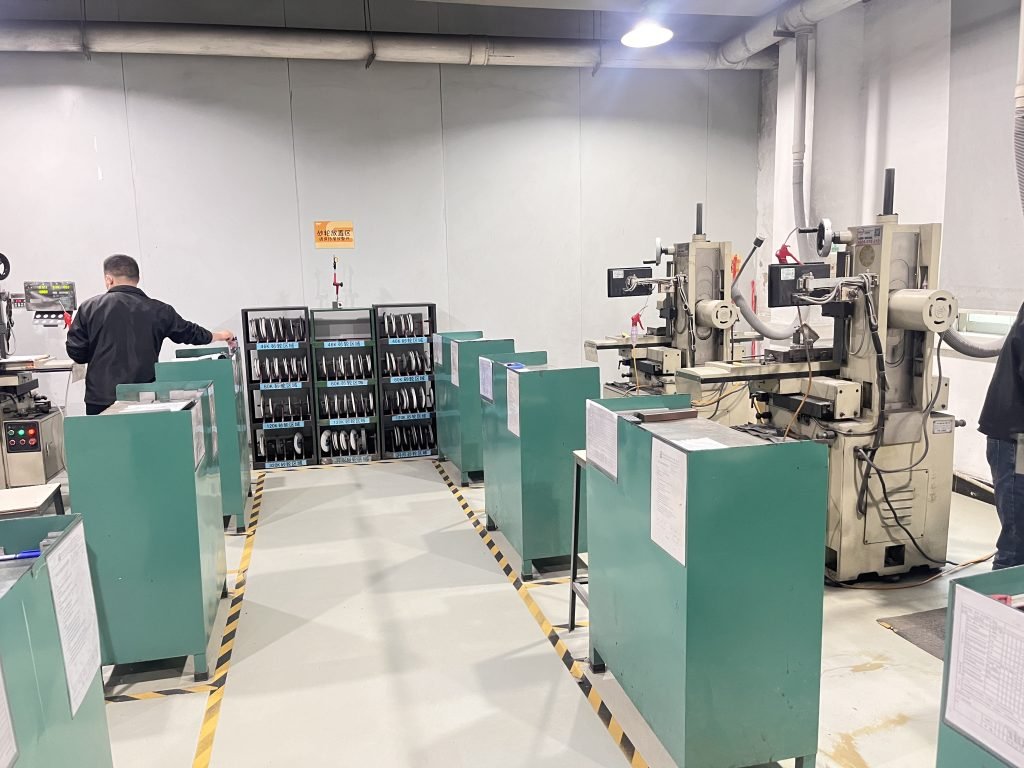
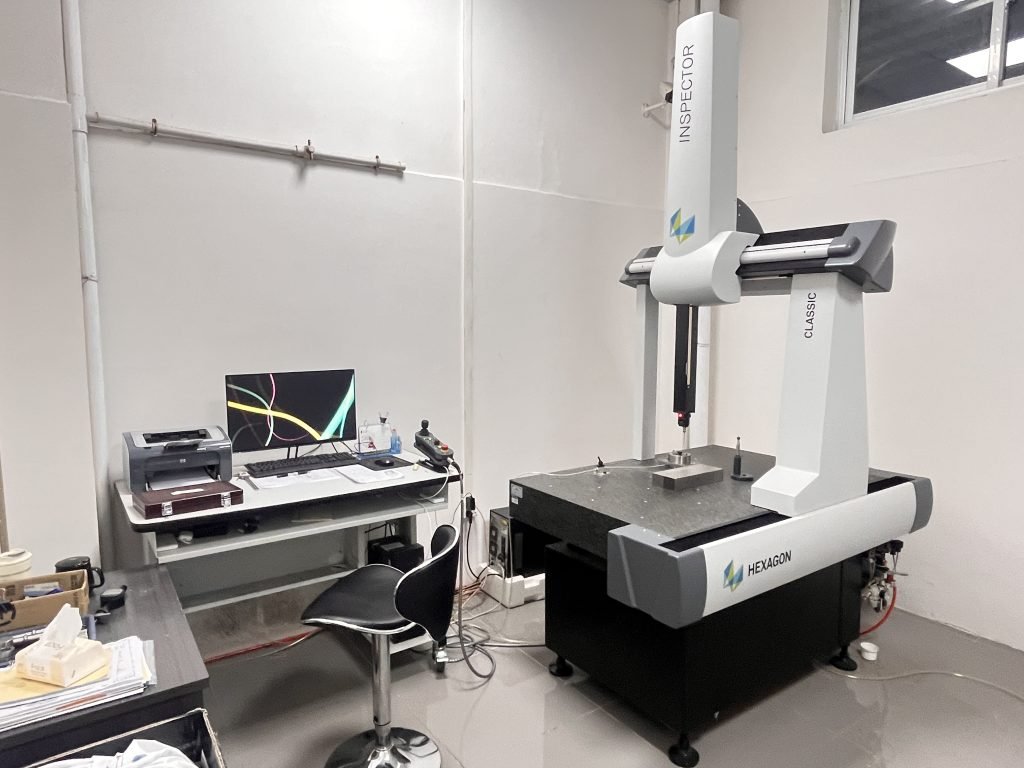
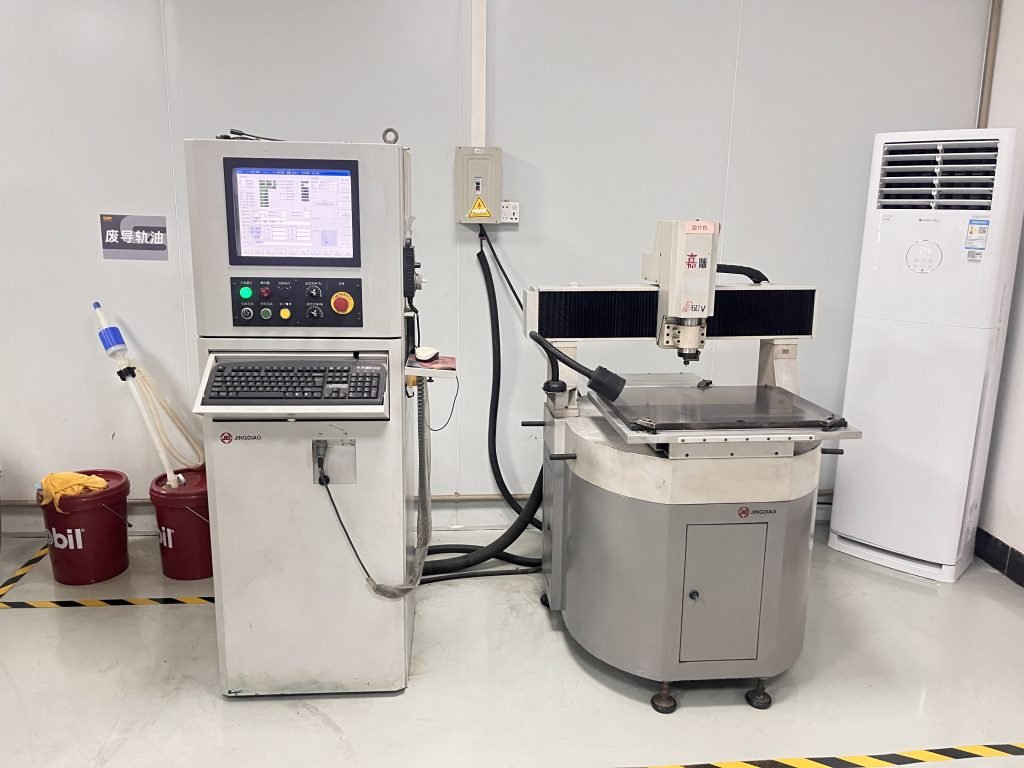
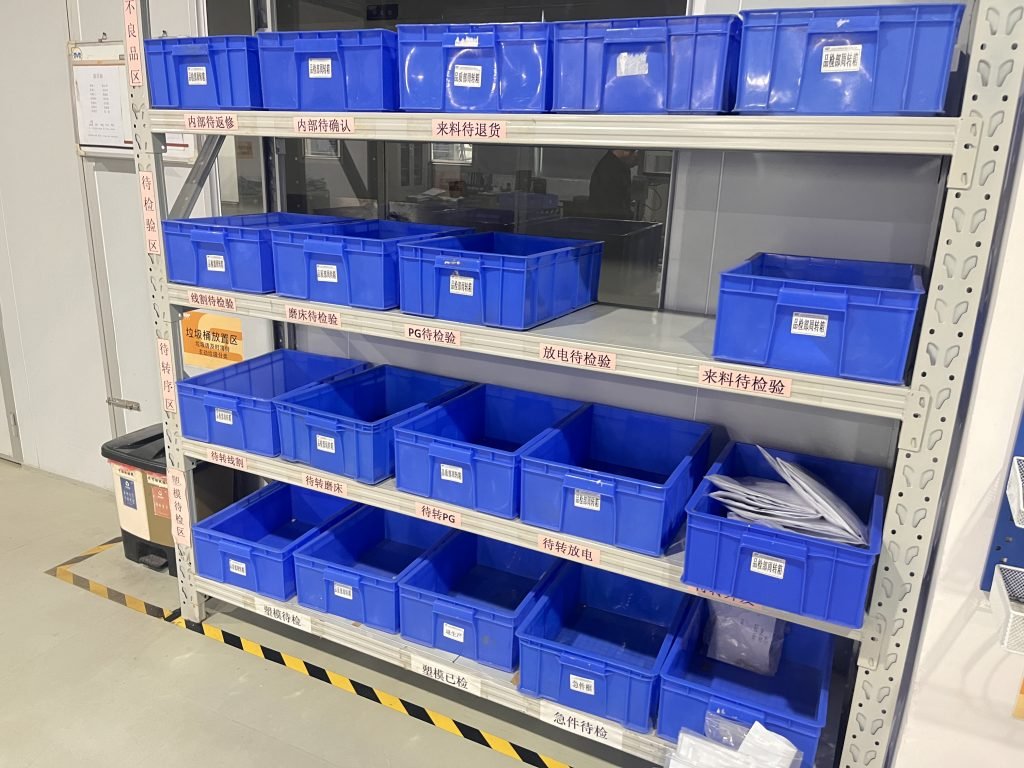
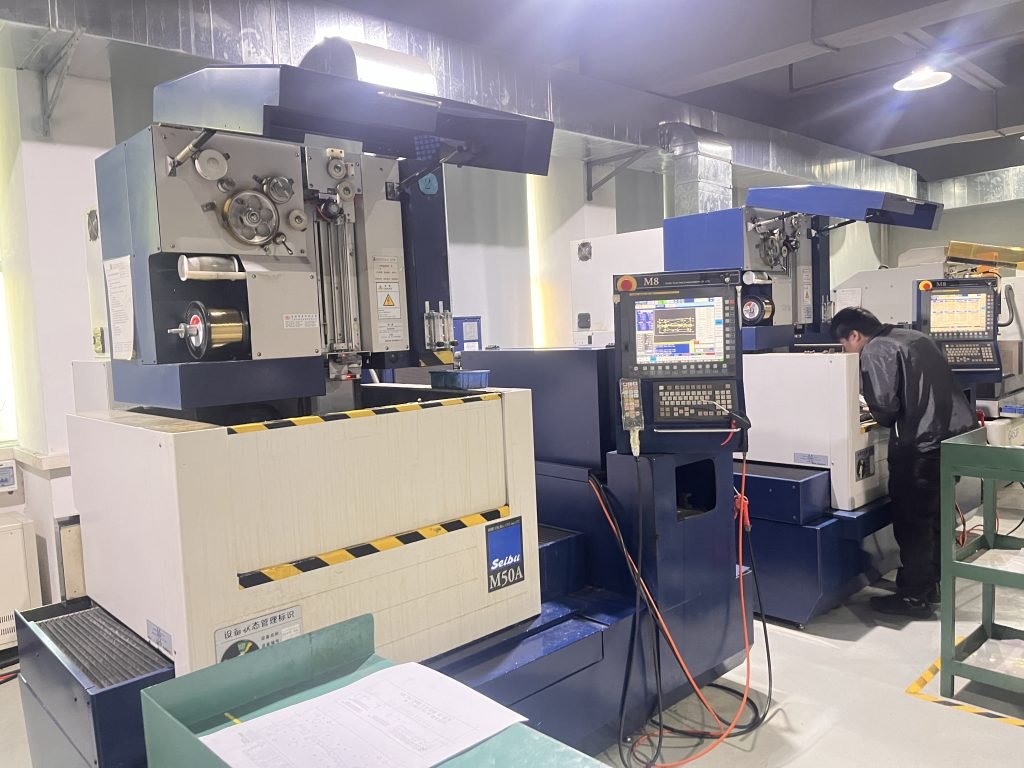

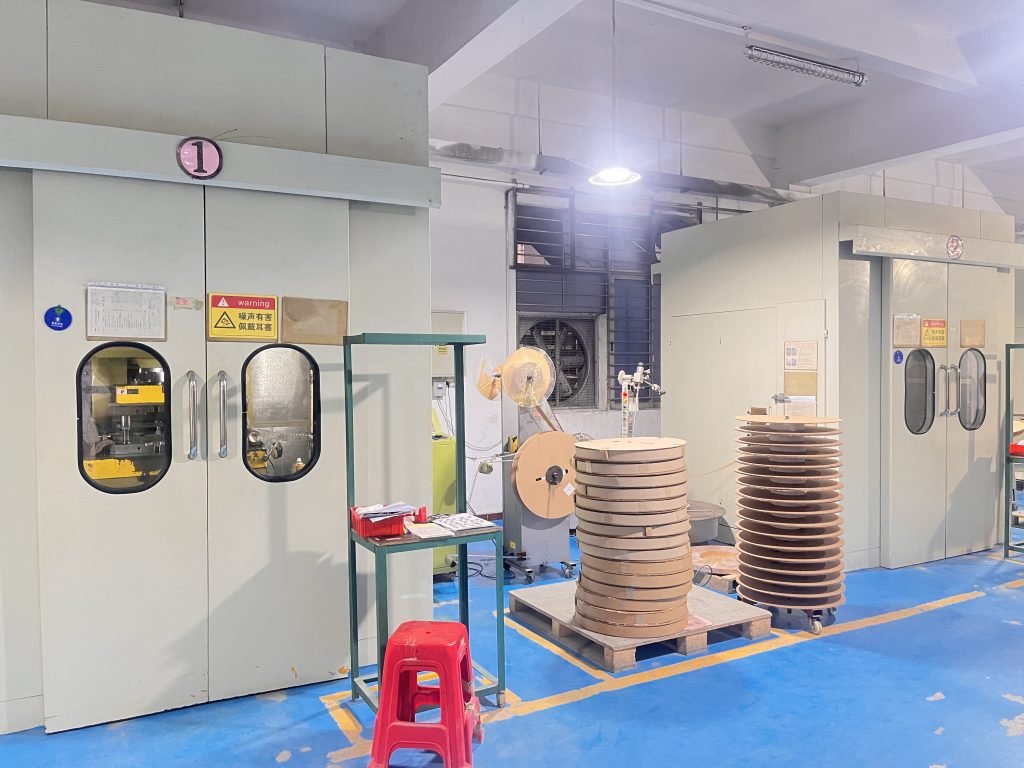
Why Fecision for Mold Components?

Precision and Accuracy
Using state-of-the-art CNC machining, EDM, and other advanced manufacturing techniques, Fecision ensures all mold components meet tight tolerances and high-quality standards.
Customization
Fecision understands the unique needs of each project. Our team works closely with customers to provide tailored solutions, ensuring that each component fits perfectly within the target mold system.
Rapid Prototyping
Fecision offers rapid prototyping for mold components, enabling customers to test and refine designs quickly before moving into full production.
End-to-End Services
From initial design and DFM (Design for Manufacturability) analysis to final mold assembly and testing, Fecision handles every aspect of the mold component manufacturing process.
Process for Manufacturing Mold Components
Manufacturability Evaluation
The initial step involves assessing the manufacturablity of the mold component. If it's deemed feasible, we proceed with production immediately. If not, we will provide a detailed DFM (Design for Manufacturability) report to the customer. If necessary, mold flow analysis is performed to simulate the flow of molten material within the mold.
Material Selection
Next, choose the right material for mold parts. Common materials for mold components include steel alloys, aluminum, stainless steel, specialty alloys, etc. If needed, a prototype may be made using rapid prototyping techniques (e.g., 3D printing, CNC machining) to test the design for fit, function, and manufacturability.
Mold Components Manufacturing
Once the design and materials are finalized, the mold component undergoes CNC machining. If required, the mold component may undergo heat treatment, depending on the material and intended application. For certain components, surface hardening methods such as nitriding or carburizing are applied to increase wear resistance.
Shipping
For molds with multiple components, such as multi-cavity molds or molds with inserts, the individual components are carefully assembled into the final mold system. Once our engineers confirm the product meets all requirements, it will be shipped. We maintain ongoing communication to ensure the customer is fully satisfied with the product they receive.
Let's Start!
Together, we can make something remarkable!
Let us turn your vision into reality. Provide us with your project details, and we’ll create a customized proposal designed specifically for you.

